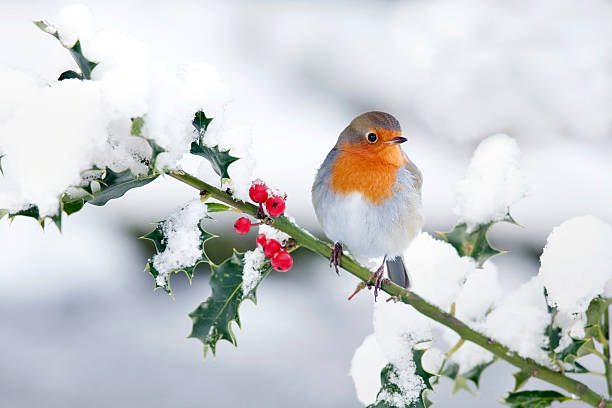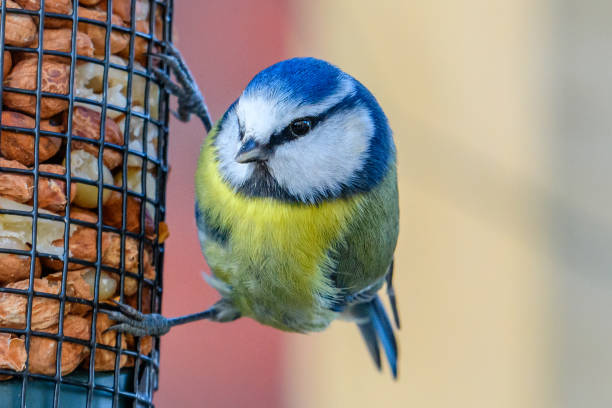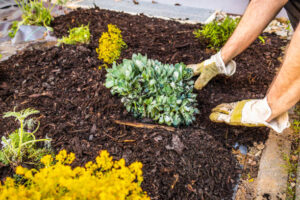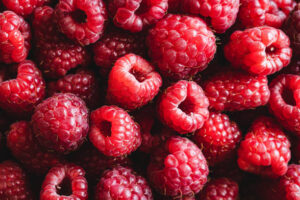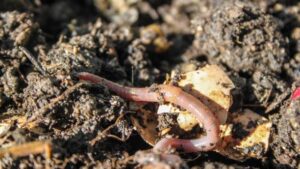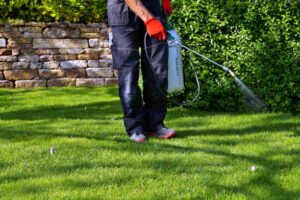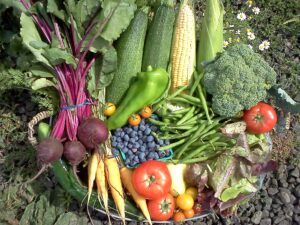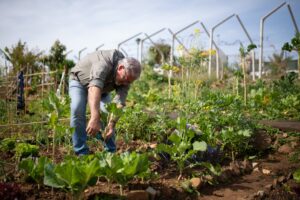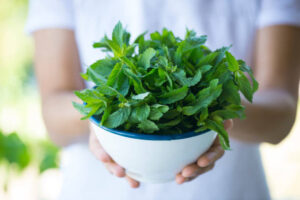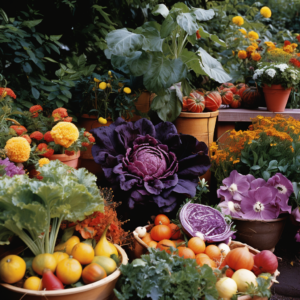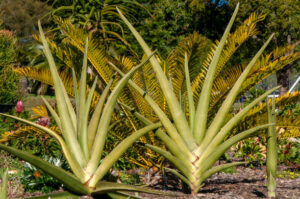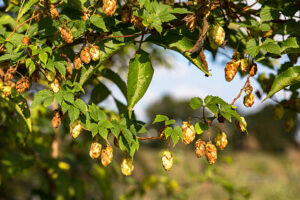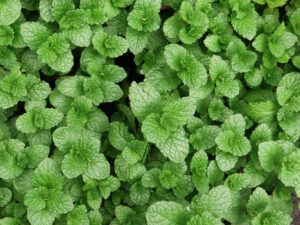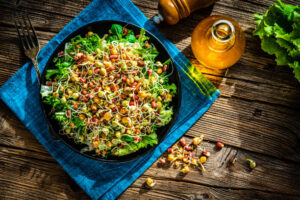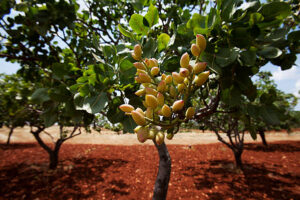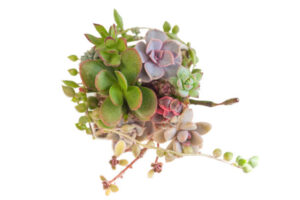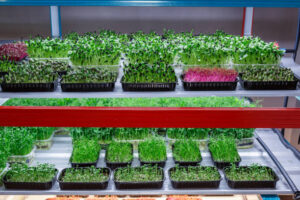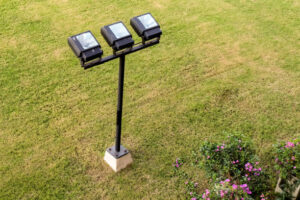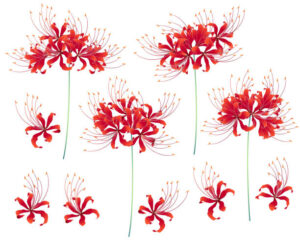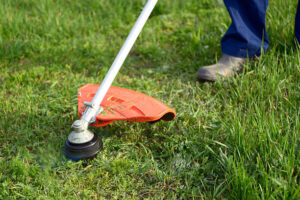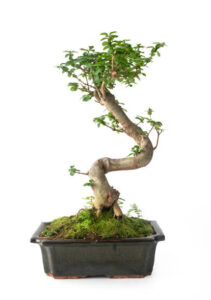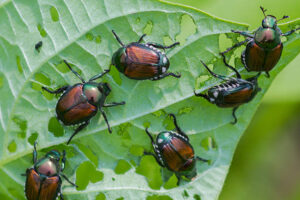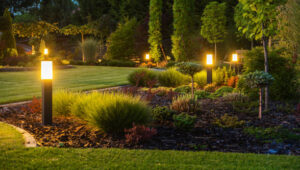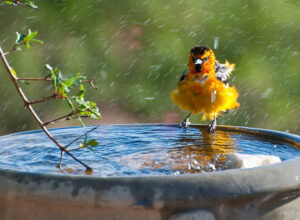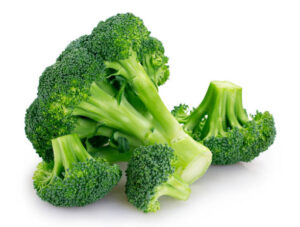Feeding Birds in Your Garden: Tips and Tricks
Introduction
Bringing the enchanting world of birds into your garden is a delightful way to connect with nature. The melodious tunes, vibrant plumage, and graceful flights of our feathered friends add a touch of magic to any outdoor space. Feeding birds in your garden is not just an act of kindness but also a rewarding experience for bird enthusiasts and nature lovers alike. In this guide, we’ll explore tips and tricks to attract a diverse array of birds, create a bird-friendly environment, and ensure your garden becomes a haven for avian visitors. Let the symphony of bird songs begin!
1. Choosing the Right Bird Feeders
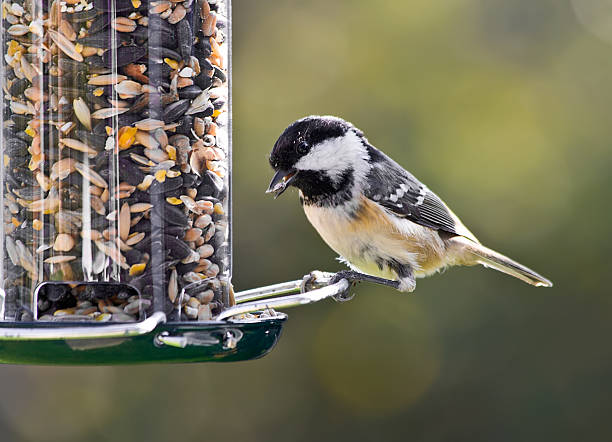
Selecting the right bird feeders is a crucial step in attracting a variety of birds to your garden. Consider the following factors:
Feeder Types: Opt for different feeder types to accommodate various bird species. Tube feeders are excellent for small songbirds, while platform feeders attract ground-feeding birds like doves and sparrows.
Placement: Position feeders at different heights and locations to cater to birds with different feeding preferences. Hang feeders from branches or place them on poles to discourage squirrels and other potential predators.
Cleanliness: Regularly clean and sanitize your feeders to prevent the spread of diseases. Dirty feeders can harbor bacteria harmful to birds.
2. Selecting the Right Bird Seed

Offering a diverse and nutritious menu is key to attracting a variety of bird species. Consider the following tips when choosing bird seed:
Seed Variety: Provide a mix of seeds to appeal to different birds. Black oil sunflower seeds are a favorite among many species, while nyjer seeds attract finches.
Avoid Fillers: Choose high-quality bird seed without excessive fillers like milo or cracked corn. These fillers are often left uneaten and can attract unwanted pests.
Suet for Energy: Supplement seeds with suet cakes during colder months. Suet provides essential fats and energy for birds during winter.
3. Timing and Consistency
Establishing a feeding routine and being consistent with offerings will help build trust among the bird community in your garden:
Regular Schedule: Birds quickly learn feeding schedules. Aim for consistency in the timing and amount of food you provide each day.
Year-Round Feeding: Birds benefit from year-round feeding, especially during harsh weather conditions. Consider the needs of your local bird species in different seasons.
Observation: Spend time observing bird behavior in your garden. This will help you understand their preferences and adjust your feeding strategy accordingly.
4. Monitoring and Enjoying Bird Behavior
Creating a bird-friendly garden isn’t just about providing food—it’s about observing and enjoying the unique behaviors of different bird species:
Bird Watching: Set up seating areas or install bird blinds where you can comfortably observe and enjoy the birds without causing disturbance.
Binoculars and Field Guides: Invest in a pair of binoculars and field guides to help you identify different bird species and learn more about their habits.
Photography: Capture the beauty of your feathered visitors through bird photography. Position feeders and perches strategically for optimal photo opportunities.
